Posted on 7/29/2025
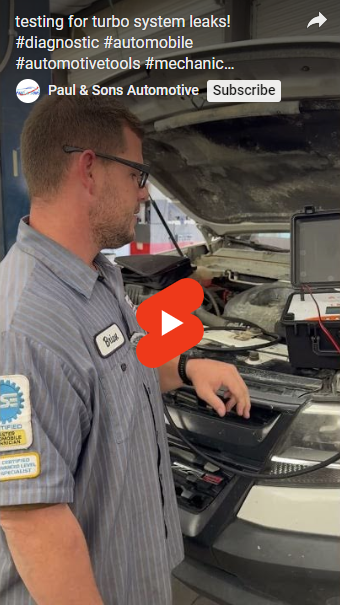
Smoke testing is a powerful diagnostic technique used in automotive repair, particularly effective in identifying leaks within turbocharged systems. In vehicles equipped with turbochargers, even the smallest leak in the intake, vacuum, or exhaust pathways can result in a significant drop in performance, turbo lag, overboost or underboost conditions, and poor fuel economy. This method involves introducing a dense, non-toxic smoke into the intake or vacuum system to visually trace the path of air and identify any unwanted escapes. When applied to turbocharged engines, smoke testing can reveal critical issues such as boost leaks at couplers, charge pipes, intercoolers, vacuum line cracks, or faulty gaskets. These leaks are often difficult to detect during normal operation because they may not cause immediate check engine lights or easily noticeable symptoms. By simulating engine operation without actual airflow or combustion, smoke testing allows technicians to pinpoint the location of a ... read more
Posted on 4/10/2025
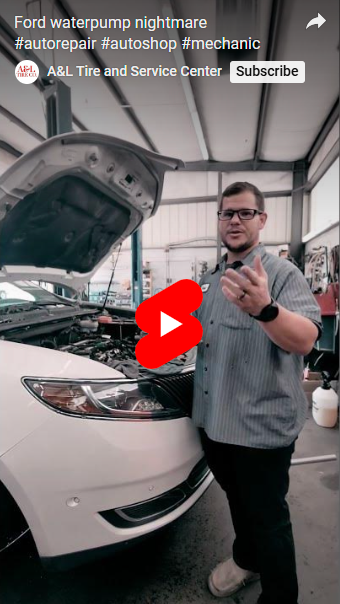
A car water pump is a crucial component in the engine's cooling system. Its primary function is to circulate coolant (a mixture of water and antifreeze) through the engine and radiator to maintain optimal operating temperatures and prevent the engine from overheating. Here's how it works: Coolant Circulation: The water pump uses a pulley and a belt to drive a rotor (impeller) inside the pump. As the engine runs, the pump pulls coolant from the radiator and pushes it through the engine block and cylinder head. This helps absorb the heat generated by the engine during operation. Heat Transfer: Once the coolant absorbs heat, it flows back to the radiator, where the heat is dissipated. The coolant is cooled by airflow through the radiator or the use of a fan. Pressure Regulation: The pump also helps maintain the pressure within the cooling system, which ensures the coolant flows efficiently and prevents air pockets that could lead to overheating. In summary, the water pump is e ... read more
Posted on 4/1/2025
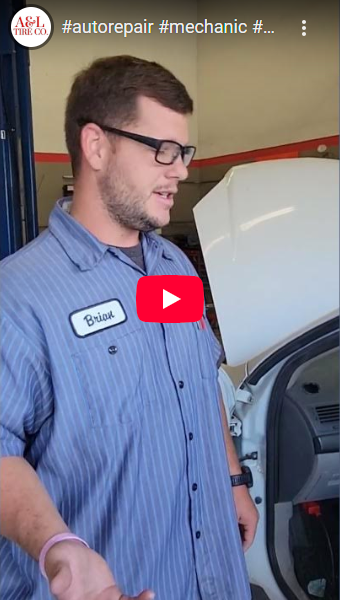
The check engine light (CEL) is a crucial indicator that your vehicle's onboard diagnostics system has detected a problem with one of its components. To properly diagnose and address the issue, mechanics and technicians use a variety of tools and follow specific processes. Here’s an overview of the tools and steps involved in diagnosing a check engine light: OBD-II Scanner (On-Board Diagnostics II): The first and most essential tool for diagnosing the check engine light is an OBD-II scanner. This device connects to the vehicle's OBD-II port (usually located under the dashboard near the driver's seat) and retrieves diagnostic trouble codes (DTCs) stored in the vehicle's computer system. These codes are alphanumeric, providing clues to the malfunctioning system or component. The scanner can also display real-time data such as engine performance, fuel efficiency, and sensor readings. Code Interpretation: Once the OBD-II scanner pulls the DTCs, the mechanic interpre ... read more
Posted on 4/1/2025

Evaporative (EVAP) leaks in a vehicle’s fuel system can lead to poor fuel efficiency and increased emissions. To detect these leaks, mechanics often use smoke machines, which generate a dense, harmless smoke that is pumped into the EVAP system. The smoke makes any leaks visible, allowing technicians to pinpoint the exact location of the issue and repair it effectively. This method is highly accurate and helps ensure the vehicle meets emission standards
Posted on 4/1/2025
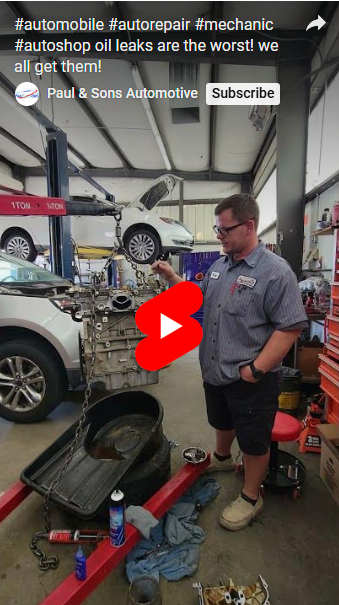
Engine oil leaks can lead to serious engine damage if not addressed promptly. They often result from worn seals, gaskets, or cracked components, causing oil to escape from the engine. It's essential to regularly check for signs of oil leakage, such as oil spots on the ground or low oil levels, to prevent costly repairs and maintain engine performance
Posted on 3/7/2025
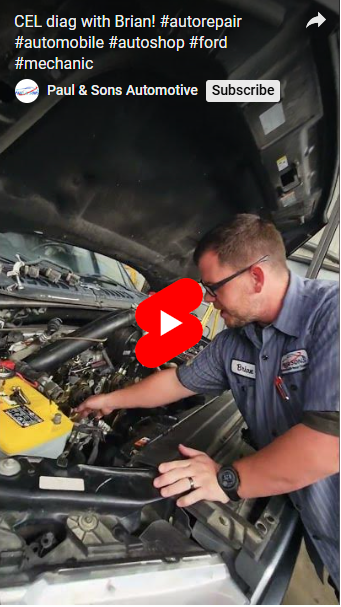
Timing chain issues in Ford 3.5L engines, particularly in models like the Ford Taurus, Explorer, and Edge, can lead to poor engine performance and costly repairs. Common problems include chain wear, slack, or tensioner failure, which can cause rattling noises, engine misfires, or even catastrophic engine failure if left unaddressed. Regular maintenance and timely inspection of the timing chain system are crucial to avoid these issues. Signs of a failing timing chain include engine noise at startup, rough idling, or poor acceleration. Replacing the timing chain and associated components early can prevent significant damage to the engine
Posted on 12/6/2024

Strut and shock replacement is necessary when they no longer perform their intended function of absorbing road shocks and stabilizing the vehicle. Here are some signs that indicate it's time to replace them: Bouncing or Excessive Movement: If the car continues to bounce or sway after going over a bump or uneven surface, the struts or shocks are likely worn out and need replacement. Uneven Tire Wear: Worn shocks or struts can cause uneven tire wear, particularly on the inner or outer edges, due to improper handling of road vibrations. Poor Handling or Steering: If the car feels unstable, drifts during turns, or has difficulty maintaining a straight path, it could be a sign of compromised suspension components. Leaking Fluid: Shocks and struts contain hydraulic fluid that can leak over time. If you notice fluid leakage around the strut or shock absorber, it's time for a replacement. Noises: Unusual noises such as clunking, knocking, or squeaking while driving can indicate wo ... read more
Posted on 9/11/2024
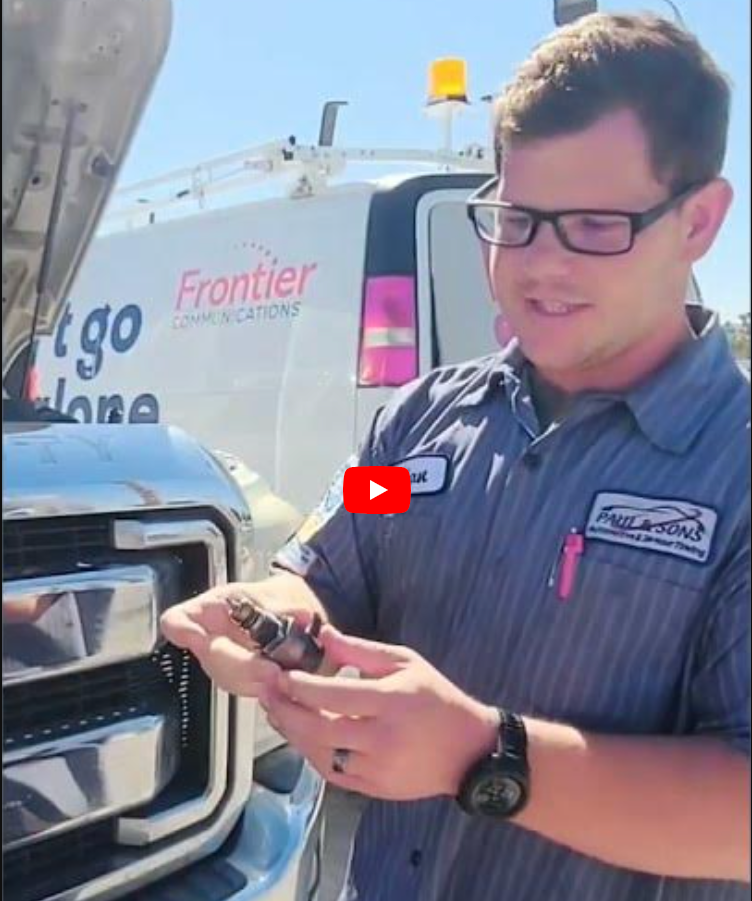
A clogged fuel pressure regulator in a diesel truck can indeed cause it to die on the road, and here's how that happens: Fuel Flow Disruption: The fuel pressure regulator's job is to maintain the correct fuel pressure in the fuel system. If it becomes clogged, it can disrupt the flow of fuel. In a diesel engine, fuel is critical for maintaining the correct air-fuel mixture for combustion. When the regulator is clogged, it can either cause too much or too little fuel to reach the engine. Inconsistent Fuel Pressure: A clogged regulator can lead to fluctuating fuel pressure. Diesel engines rely on a steady fuel pressure to operate smoothly. If the pressure is inconsistent, the engine might not get the right amount of fuel at the right time, which can cause it to run poorly or stall. Engine Stalling: If the regulator is clogged to the point where it severely restricts fuel flow, the engine might not get enough fuel to sustain op ... read more